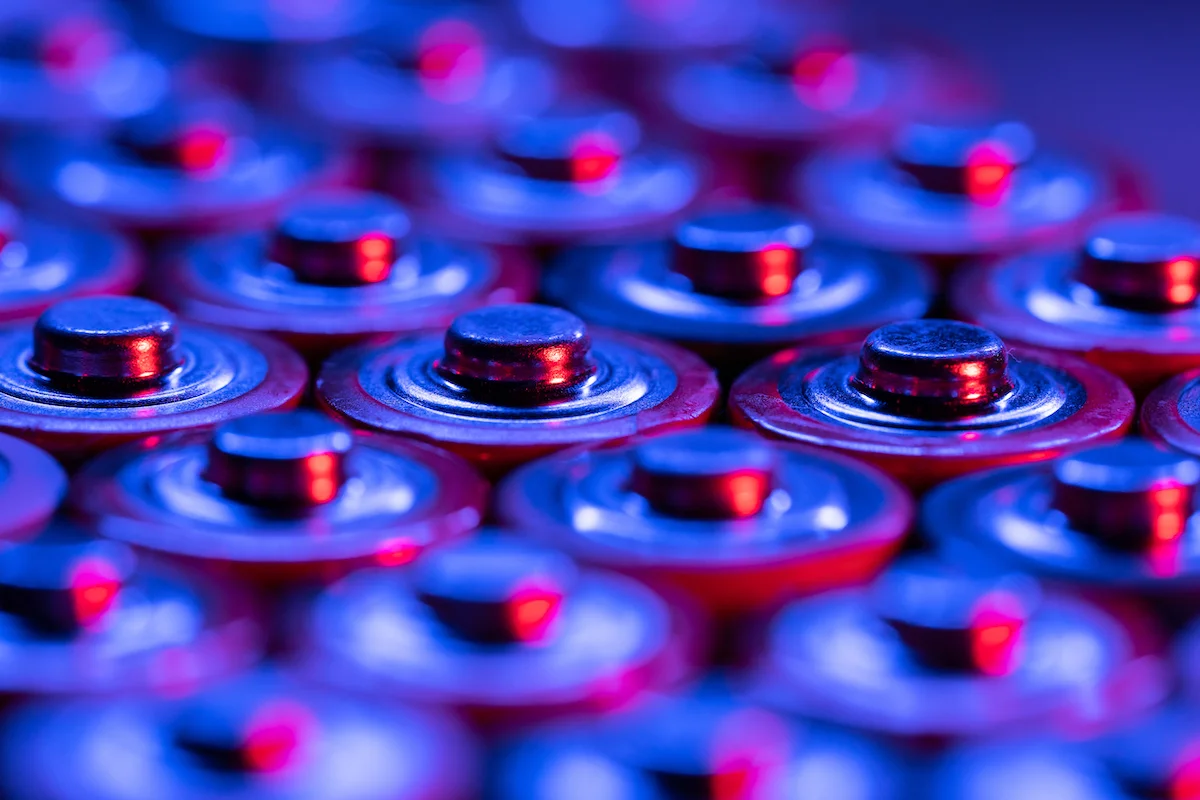
Lithium-ion batteries (LIBs) have played a vital role in building a future increasingly reliant on portable electronics and renewable energy sources. However, power limitations and environmental issues have plagued the LIB market.
While alternatives like aqueous rechargeable batteries (ARBs) have always represented a potential replacement–and a greener one–they have a downside: they can potentially explode.
Now, new research led by Dr. Si Hyoung Oh and researchers at the Korea Institute of Science and Technology (KIST) Energy Storage Research Center may have helped resolve this issue by developing a novel aqueous rechargeable battery that stands as a potential contender to replace the ubiquitous lithium-ion batteries.
The cornerstone of this innovation lies in addressing a longstanding safety hurdle associated with aqueous batteries: the hazardous accumulation of hydrogen gas due to parasitic water decomposition. This issue has been a significant barrier to commercializing aqueous batteries despite their economic advantage due to the lower cost of raw materials compared to lithium-ion batteries.
WHAT ARE AQUEOUS RECHARGEABLE BATTERIES?
Aqueous rechargeable batteries utilize water-based solutions as electrolytes, in contrast to the organic solvents used in traditional lithium-ion batteries. This design choice makes ARBs safer and more cost-effective. During the charge and discharge cycles, ions travel between the two electrodes – the cathode and anode. In zinc-ion batteries, a type of ARB, zinc metal moves to the cathode when discharging and returns to the anode when charging.
These batteries, composed of a manganese dioxide (MnO2) cathode and zinc (Zn) metal anode in a mildly acidic electrolyte, have been identified as viable candidates to meet the rising demands for superior energy storage systems, thanks to their high safety features, cost-effectiveness, and environmental sustainability. However, a significant concern has been the unregulated dendrite growth and corrosion of metal deposits within the battery, which could undermine its safety and performance.
